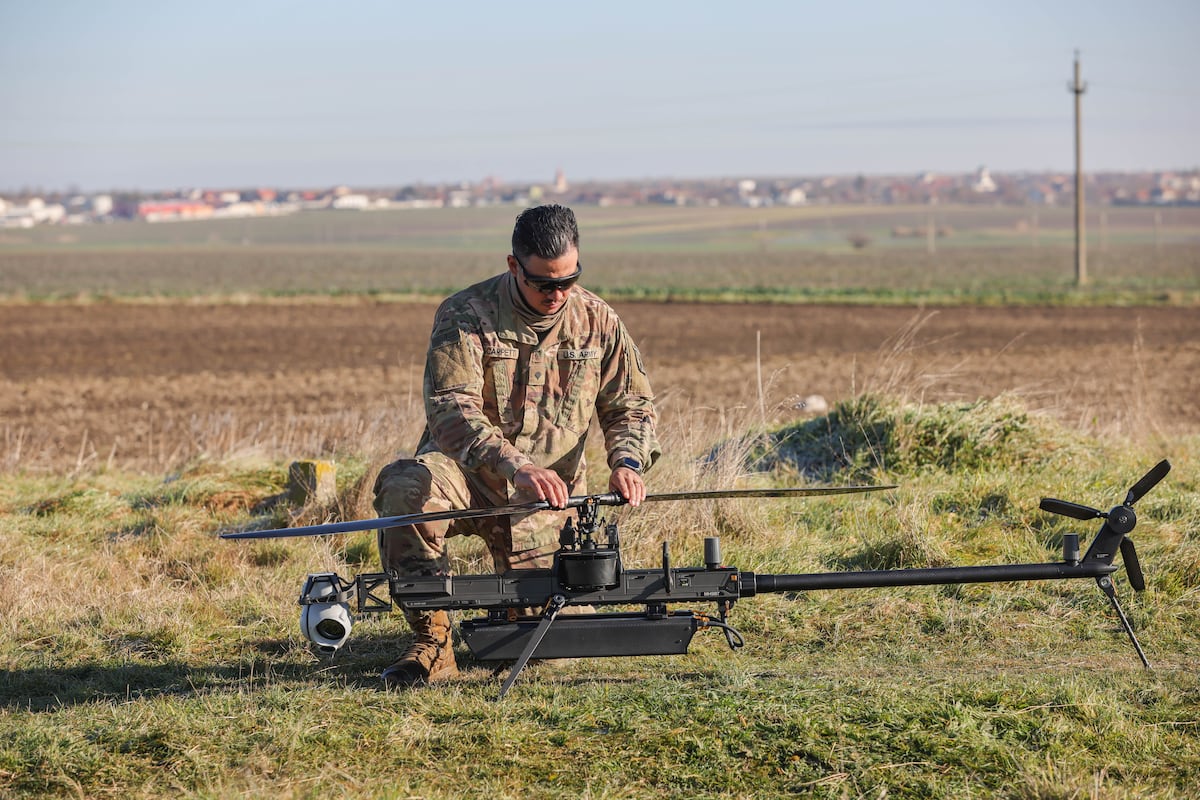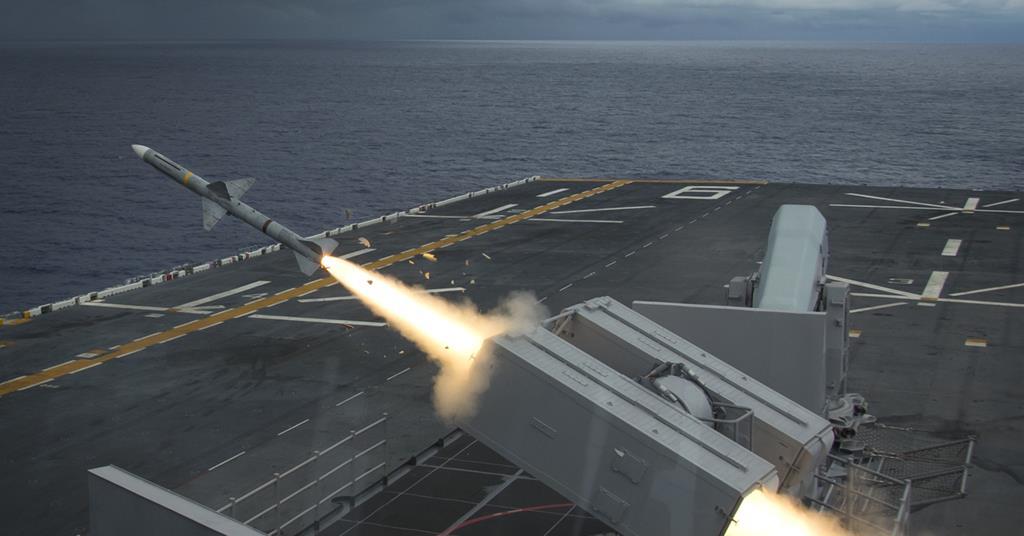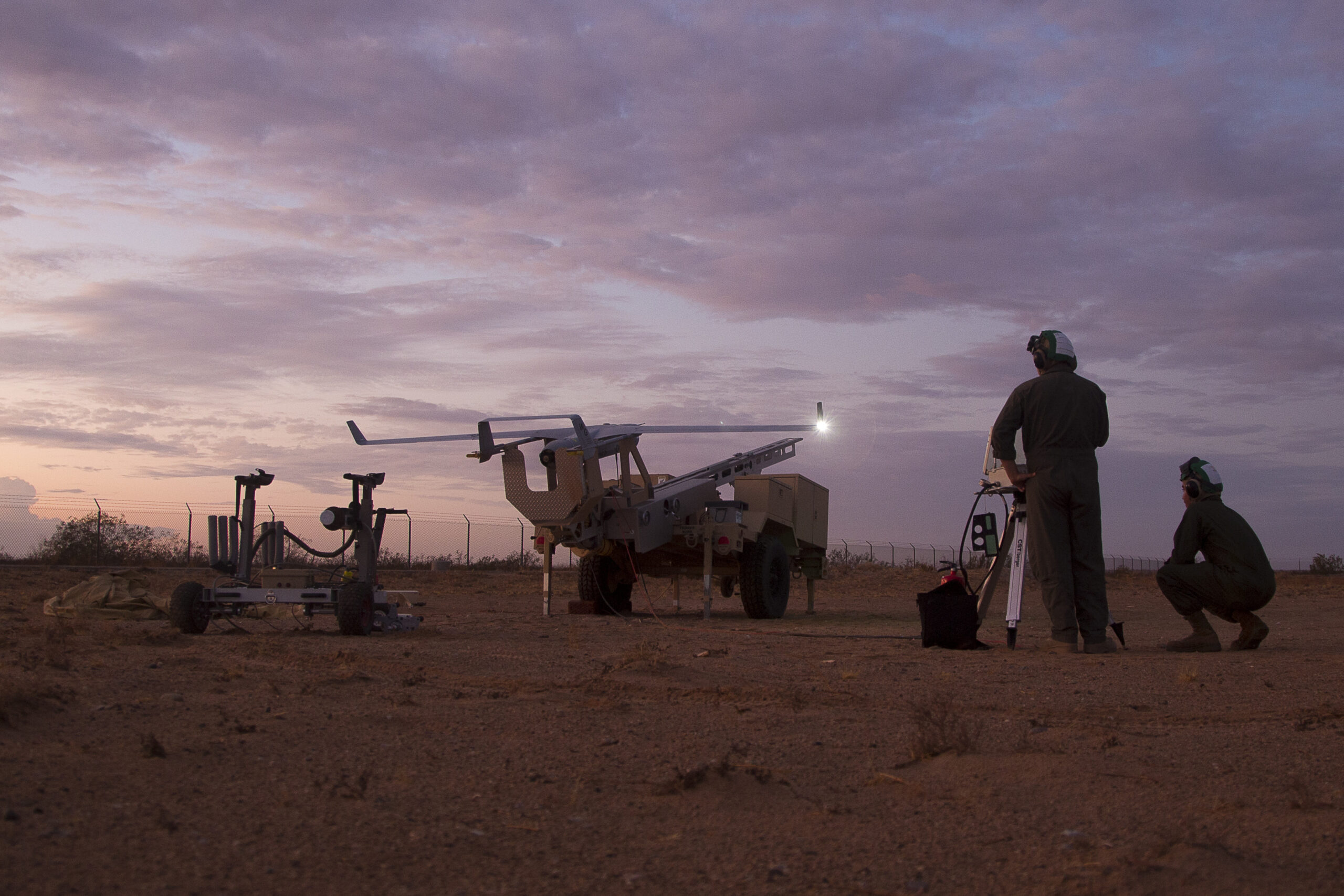- Reaction score
- 8,787
- Points
- 1,160

This Army unit is the first to field new company and battalion drones
The new drones fit different mission profiles at the tactical level.
Soldiers with the 10th Mountain Division, which is currently deployed in Romania, recently became the first Army unit to field the service’s newest reconnaissance drones.
The 317th Brigade Engineer Battalion, 3rd Brigade Combat Team, out of Fort Drum, New York, employed the Skydio and GhostX systems during training operations at Mihail Kogalniceanu Air Base, Romania, according to an Army release.
The Skydio X10D drone is a short-range recon aircraft that can fly up to 5 kilometers and stay aloft for approximately 30 minutes, according to the release. Typically, the Skydio is deployed by infantry and scout platoons on dismounted patrols, providing soldiers with a better snapshot of their immediate area during mission planning.
The GhostX, made by Anduril, goes a bit farther. It can fly up to 15 kilometers and stay in the air for an hour. This platform is geared toward a company commander’s needs in a larger area of operation.
“You have to be a qualified aircraft operator before you’re able to put the aircraft in the air, so we run an initial qualification program for multiple units in our brigade,” said Staff Sgt. Kevin Sweeny, counter-drone NCO in charge for Delta Company, 317th BEB.
During the late November training, the unit qualified 132 Skydio operators, according to the release.
“They can take the [Sydio] aircraft out of its case, assemble it, mission plan and get it in the air in less than 10 minutes,” Sweeny said.
Every company in the 3rd BCT is slated to receive a Skydio system
The drone certification process is MOS-agnostic.
“The end state of this whole exercise is to test the personnel, the structure of the platoon and the communication between the squads and how we work together as a whole,” said 1st Lt. Alexis Gavrillis, an intelligence officer in the battalion.
















